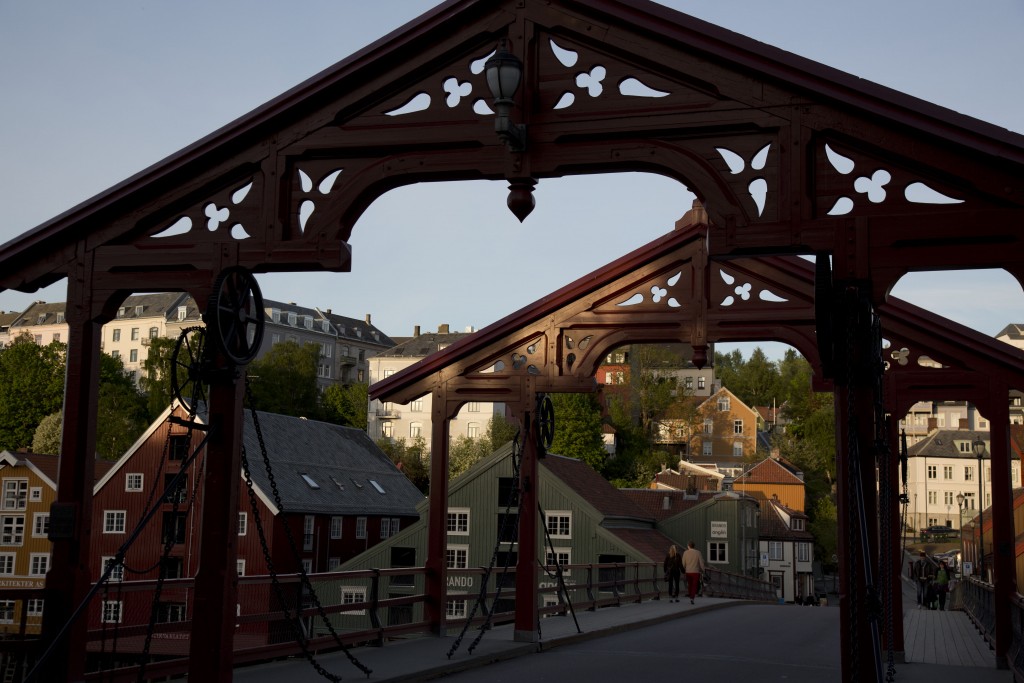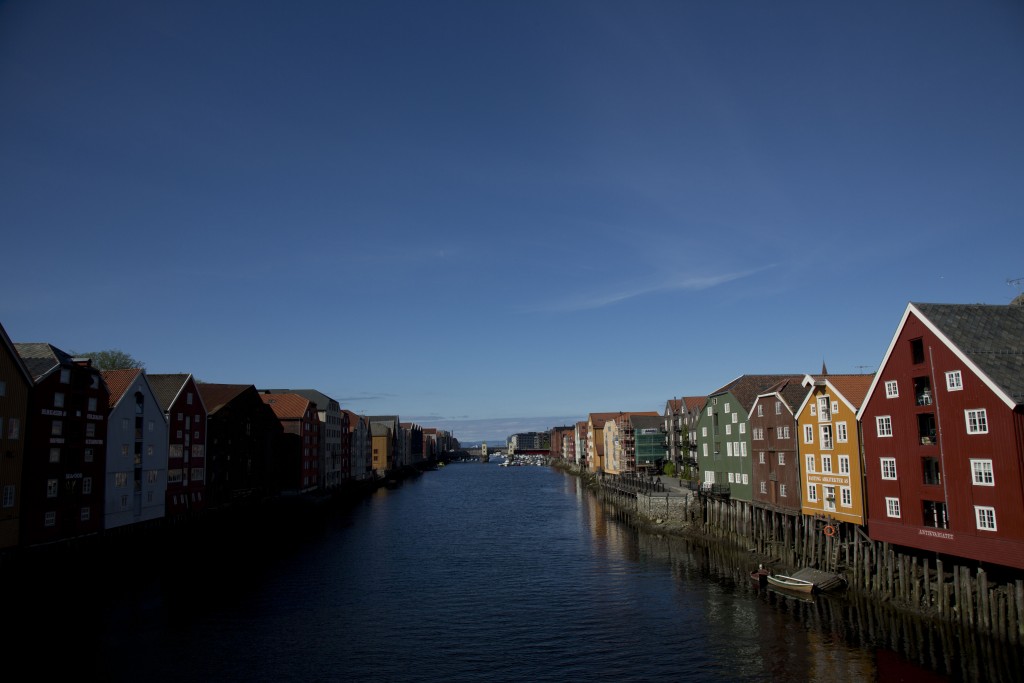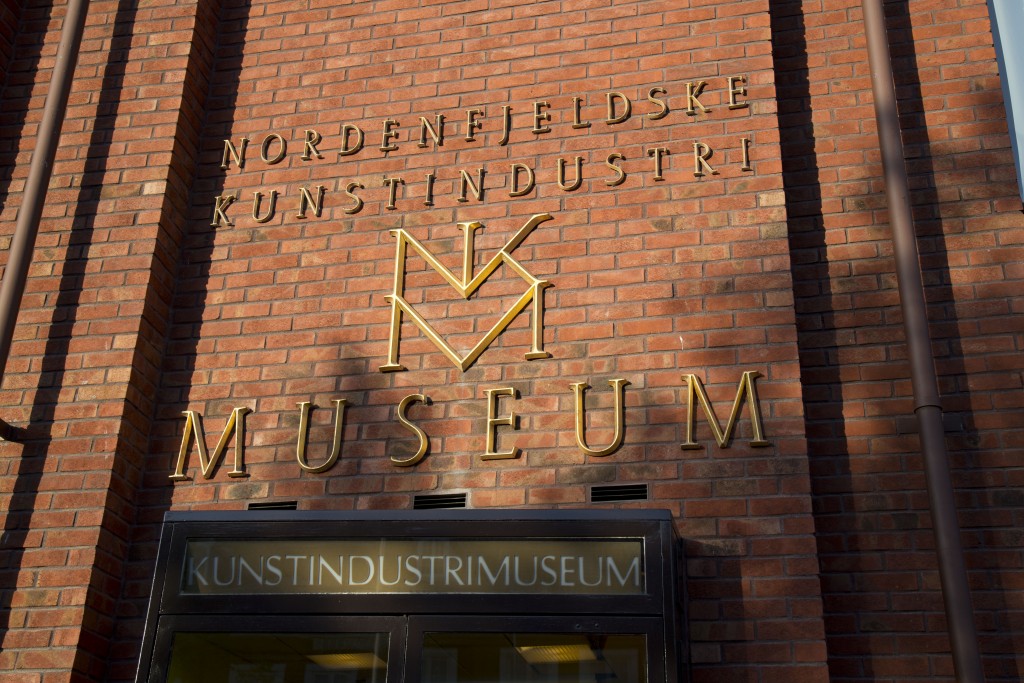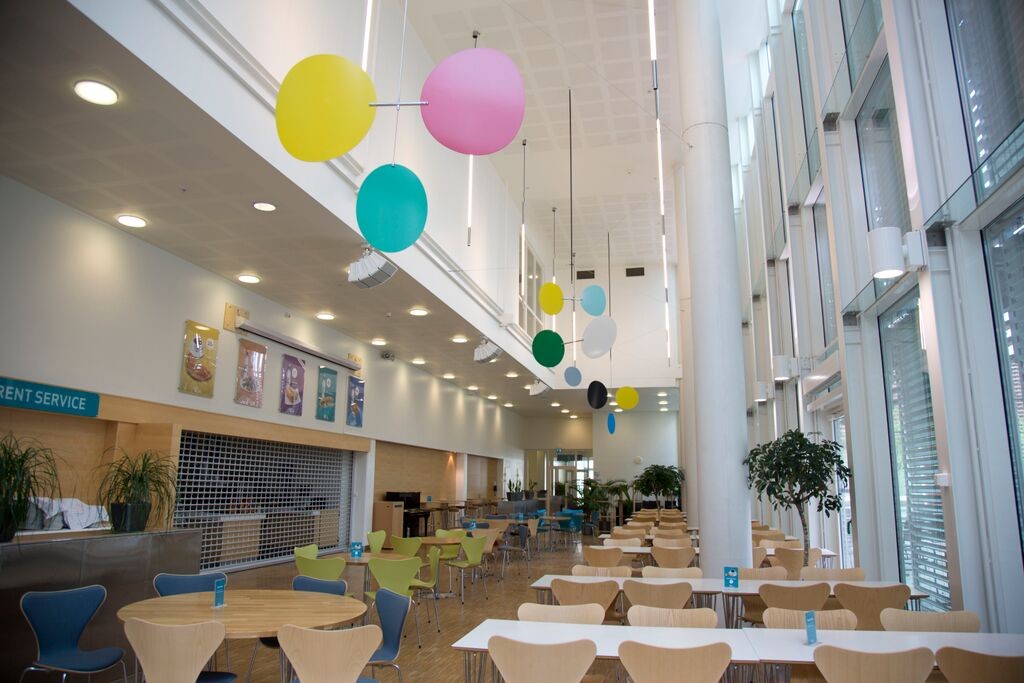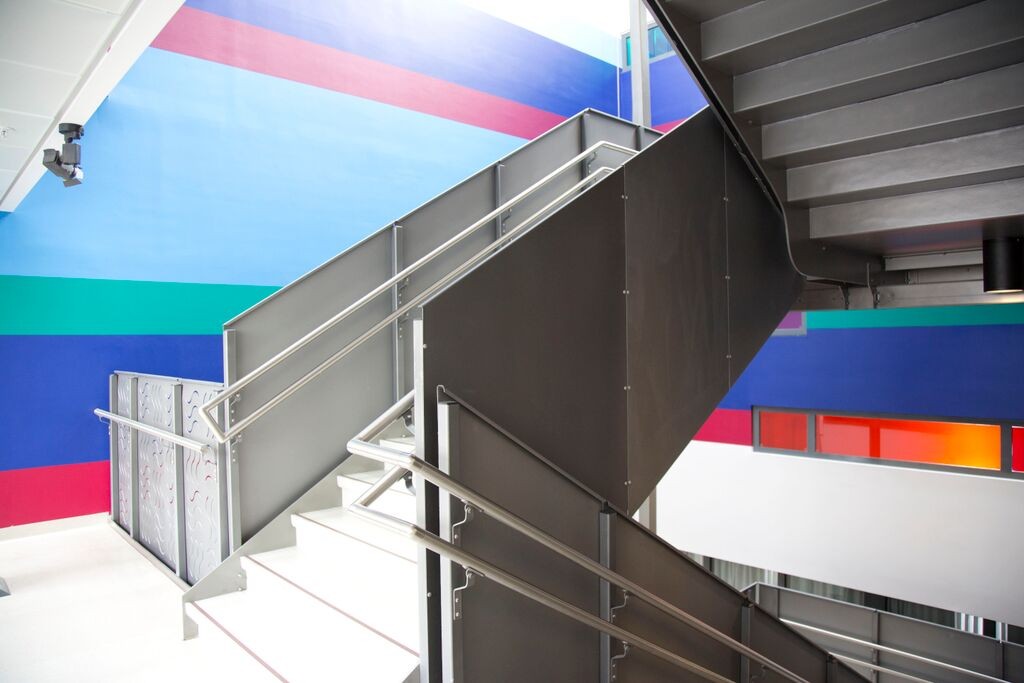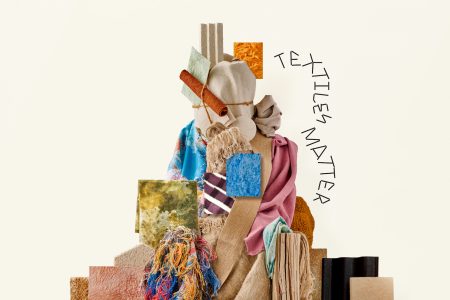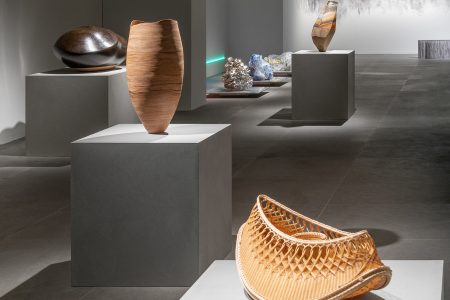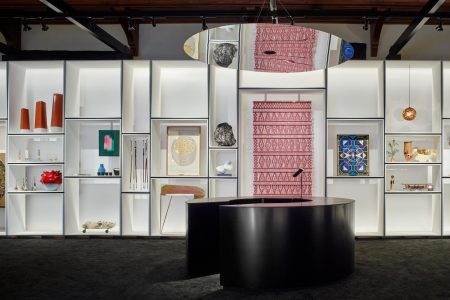National Museum of Decorative Arts in Trondheim
TLmag caught up with Jan Lauritz Opstad, curator of the Trondheim Decorative Arts Museum. Founded by King Olav in 997, the medieval city of Trondheim was almost completely reconstructed after the fire of 1671, with many wooden houses and broad avenues. Traditionally renowned as a centre for Norwegian painters, Trondheim was greatly influenced by the North Sea culture for the blooming of its decorative arts and design, especially silvermithing from Germany. Going back to the Middle Ages, Trondheim also had close ties with England, and was in contact with Iceland, Greenland, Shetland and the Isle of Man via the North Sea. In the 19th century, Trondheim briefly passed from the Danish crown to Sweden. Since finally gaining its independence in 1905, Norway has pushed forward in the field of modern and contemporary crafts.
Emblematic craft icons
Hanna Ryggen was originally of Swedish origin, but married a painter from Trondheim. After the Second World War, she committed herself to defending humanist values by creating tapestries that reach far beyond ‘folk art’. Her works are iconic of the Norwegian craft culture from the late 1940s until the 1960s. Today, textile has replaced tapestry, although craftspeople like Rasmussen are continuing the tradition. For Jan Lauritz Opstad, there are some very iconic objects coming out of Norwegian contemporary crafts, from craftspeople such as jeweller Tone Vigeland, textile designer Elisabeth Haarr, ceramicist Torbjørn Kvasbø, glass artist Beate Einen and woodworker Erland Leirdal.
Museum funds, acquisitions and public art
Each year, Norway commissions some 15 million NK in fine arts and design objects from Norwegian artists. The objects are divided between the three decorative arts and design museums. They can be appreciated not only in the public collections but also in public spaces. In fact, 2% of the total budget for every new building must be earmarked for arts and craft. We took a walk along the corridors of Saint-Olav hospital and explored its surrounding neighbourhoods, to discover works by Maje Bente Arunsen, Anne Kwam, Heidi Sand, Kristofer Leirdal and Sigurd Brongen. Through the use of natural materials and bright colours, we could feel the quality of the environment shifting, and the impact on the people’s wellbeing.
Amongst the Nordic countries, Norway appears to be one of the states that invests the most in using arts and craft to play a central role in brightening and improving the living environment in communities on a long-term basis.
